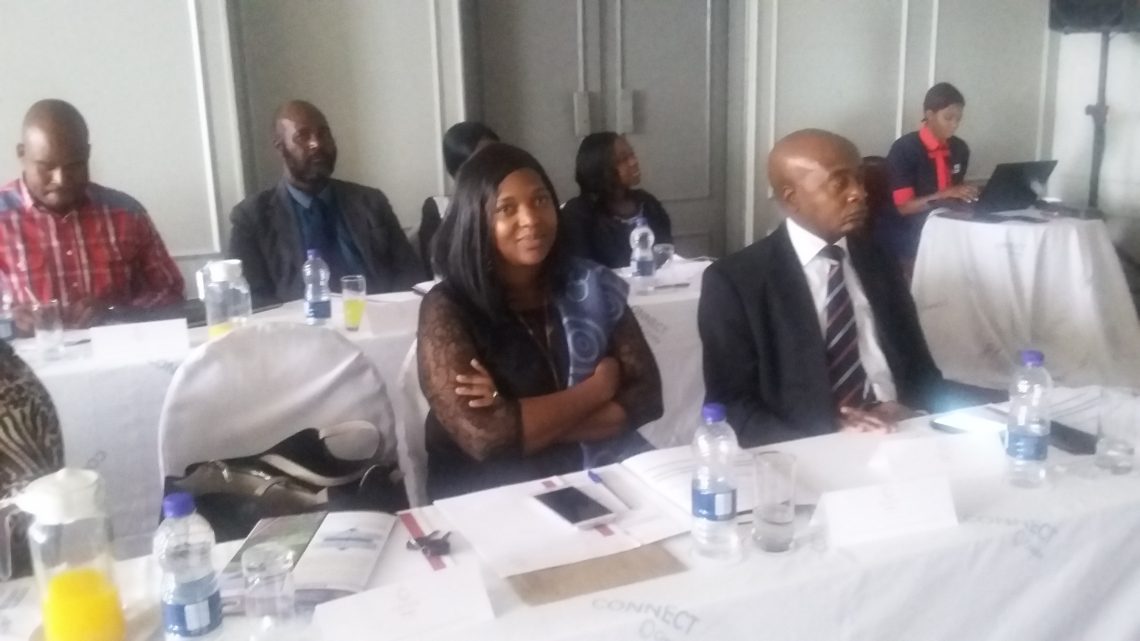By Byron Mutingwende
The ministry of water resources development and climate has introduced the National Adaption Plan (NAP) process to urban authorities to reduce their vulnerability to climate change impacts and facilitate the integration of climate change adaptation into their planning processes.
The National Adaptation Planning is a flexible process that builds on the country’s existing adaptation activities and helps integrate climate change into national decision-making. This is a strategic process for the country in shaping its Climate Policy, implementation of the Climate Change Response Strategy and exploring ways of up-scaling development as it supports domestic decision-making.
Zimbabwe could also use NAPs to make formal adaptation contributions to global collective action on climate change, or express such contributions with reference to their NAP process. A number of financial support channels are available for the NAP process under the UNFCCC mechanisms, including bilateral and multilateral channels such as the Adaptation and Green Climate Funds. It is therefore critical for Zimbabwe to develop her NAP which will reduce the countries vulnerability to the impact of climate change driving towards resilience.
In his opening remarks at the workshop, Washington Zhakata, the director of climate change in the ministry said cities face significant impacts from climate change, both now and into the future.
“These impacts have potentially serious consequences for human health, livelihoods, and assets, especially for the urban poor, informal settlements, and other vulnerable groups. In addition, climate change impacts range from an increase in extreme weather events such as droughts and floods to hotter temperatures and public health concerns as we have been experiencing in the past few years,” Zhakata said.
He said cities are far more dependent on energy than rural areas where activities like agriculture, animal husbandry and local artisanal work have a low ecological footprint.
“As population in cities grows, pressure on ecosystems increases. Large quantities of food, water and fuel need to be moved into the cities and huge amounts of garbage and sewage have to be moved out. Nutrient-rich human wastes – an asset in a rural setting (bio-digesters) can become an economic liability in an urban environment.”
He revealed that wetlands, farmlands and forests are all as essential to a city’s survival as much as transport networks.. He said many cities’ water comes from overextended or contaminated sources. This results in increases purification costs and exposure of the population to diseases like cholera, typhoid, malaria once the area is exposed to flooding or other climate extremes.
However, a vast majority of core investment by cities does not include climate measures. Most cities today continue to construct energy-hogging infrastructure, build roads without transit and pedestrian considerations, plan development that creates long commutes, dispose of waste without utilizing it as a power source, and ignore distributed generation and renewable energy options. When they make these oversights, they constrain themselves to a future of wasted energy and high GHG emissions for decades to come. The reasons these opportunities are missed are mostly due to lack of awareness, technical know how and support.
Emily Matingo, a climate change scientist in the ministry said in accordance with the United Nations Forum Convention on Climate Change (UNFCCC), stocktaking entails identifying available information on climate change impacts, vulnerability, risks, and adaptation for a specific developing country. At the same time stocktaking also involves assessing the gaps and needs of the enabling environment for the NAP process in the country in question.
O’Brien Makore, the Programmes Coordinator of the Development Reality Institute (DRI) said Africa is currently experiencing the fastest urbanization rate at approximately 3, 5% annually, and Zimbabwean cities are no exception to the trend.
“This entails that by 2050, more than 70% of the world’s population will be residing in urban areas. This means the battle for a more sustainable future will be won or lost in cities. There is need therefore for towns and cities to invest in integrated public transport systems, green infrastructure, the effective utilisation of clean energy, mixed-use development and effective citizen participation.
“To this regard, DRI has developed an integrated mobile application called Harare Yangu which enables Harare residents to engage with city administrators so as to ensure transparency and improved service delivery. We also established the first Local Urban Observatory (LUO) to monitor and generate current data regarding urban development in Harare,” Makore said.
Tariro Chipepera, a deputy director in the ministry of women affairs, gender and community development urged stakeholders to rise to the challenge of climate change and respond to it in gender sensitive adaptive way.
In Zimbabwe 70% of small holder farmers are women. Urban Agriculture is being affected by climate change undermining development efforts due to food insecurity and this also widens the gap between the poor and the rich. In that regard, there is need to adapt agricultural practices to climate change as Agriculture is one of the key economic drivers.
Chipepera noted that climate change effects are bad for everyone but very bad for the weak such as children, women, the disabled and the elderly in the urban areas.
“Most urban areas in Zimbabwe are experiencing inadequate water supply due to water infrastructure challenges for example in Harare. Many townships go for days and months without running tap water and in 2008 more than 4 000 people died in a cholera outbreak. The disease burden especially at house hold level is put on women and the girl children,” Chipepera added.
In a city like Harare, solid waste management is already a serious challenge. The city struggles with effective waste control, filling landfills with mountains of garbage, a source of deadly methane gas, one of the key drivers of global warming. These sectors and others like waste management will require rigorous reform to improve efficiency and reduce carbon emissions. Moreover, the loss of wetlands in Harare due to poor council construction decisions has pushed the water table 12 metres deeper to 30 metres.






